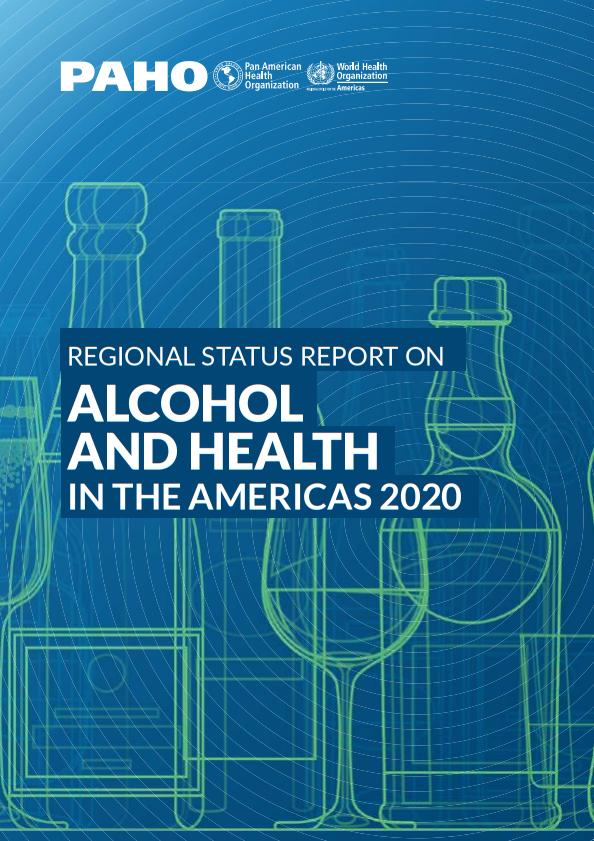This is the third regional status report on alcohol and health in the Americas region.
The information is based on the country responses to the WHO Global Survey on Alcohol and Health, undertaken in 2016, which informed the WHO Global Alcohol Status Report of 2018. The information on this regional report relies largely on the global information system on alcohol and health (GISAH) of the WHO.
The report provides an update on:
- Alcohol consumption in the region and each Member State,
- Trends in consumption over time,
- Alcohol-related harms, and
- Current alcohol policies being implemented in each Member State and to what extent they are in line with the WHO global alcohol strategy and regional plan of action.
Additionally this report provides examples of studies done in the Region that were not reported in the WHO Global Status Report.
The report discusses gaps and challenges in reducing alcohol harm and how countries can reverse current trends of alcohol harm in cost effective and high-impact methods, highlighting the implementation of the WHO SAFER technical package at the national level.
Key findings from the report
Alcohol consumption:
- In 2016, 46.1% of the adult population (15+) consumed alcohol in the past year.
- Among those who consumed alcohol, 40.5% consumed heavily. This translates to two out of five alcohol users.
- Per capita alcohol consumption decreased slightly (2012 to 2016) from 8.2 to 8.0 liters of pure alcohol. However, per capita alcohol consumption among users only increased from 14.7% to 15.1%.
- Heavy episodic alcohol use increased by 12%.
Alcohol harm:
- Alcohol caused 6.7% of all disability-adjusted life years lost in the Americas in 2016.
- In 2016, nearly 1 in every 12 adults (8.2%) in the Americas met criteria for an alcohol use disorder (AUD), which is almost double the world average (5.1%).
- Alcohol was responsible for over 379,000 deaths in 2016, which equaled roughly one life lost every 100 seconds.
- If these trends remain unchanged, over one million more people will die from alcohol use in the Americas by 2025.
Alcohol policies and interventions:
- Many countries have alcohol excise taxes, but only a quarter adjust taxes for inflation.
- Alcohol is highly affordable in the region. Beer is the most affordable in the Latin Caribbean, Central American Isthmus, and non-Latin Caribbean.
- Most countries have a licensing system to regulate sales.
- Most countries have established a minimum legal purchase age (90.9% – off premise, 100.0% – on-premise)
- Most countries (65.6% – hours, 58.1% – locations) impose restrictions on the hours and locations of alcohol sale.
- Most countries do not regulate days of sale or outlet density.
- Regarding alcohol marketing only two countries have a ban on at least one type of media.
- Only two countries have restrictions of any type on digital marketing.
- Latin America and the Caribbean
and North America were the sub-regions with the least restrictive marketing policies in the world.
- One in seven persons in the Americas lives in a country that has not yet established a blood alcohol concentration (BAC) limit for the general population.
- Another one in three persons lives in a country where the BAC limit is above the WHO recommended 0.05% threshold.
- Only eight countries in the Region comply with WHO recommendations for BAC limits for both the general population and for novice drivers.
- In 2016, 27.5% of the people living in the Americas lived in a country where the treatment coverage for alcohol use disorders was unknown.
- Another 39.4% lived in a country where less than 10% of persons who need treatment for an AUD received it.
- Screening and brief interventions in primary health care has not been scaled up in most countries despite being considered an effective policy.
